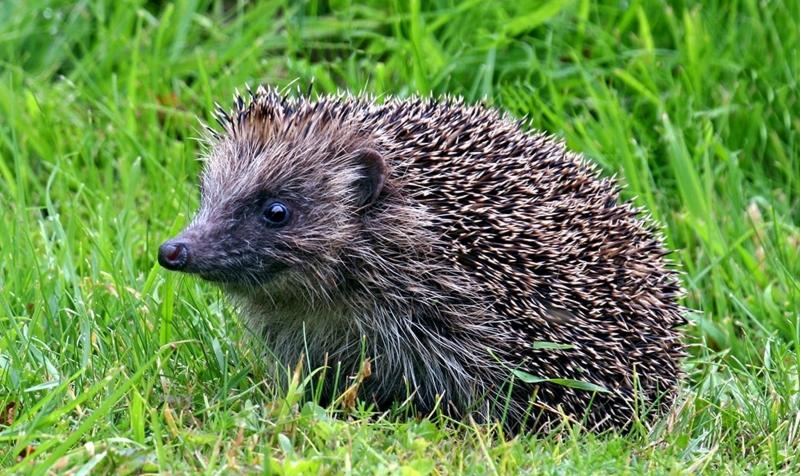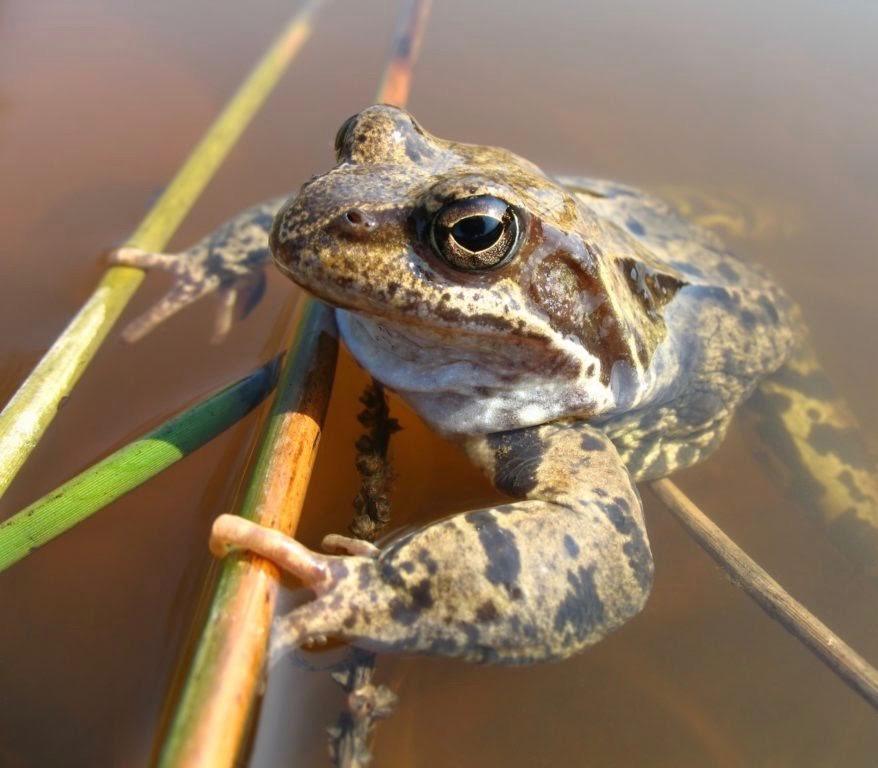
5 ways to help garden wildlife in Winter
During the cold winter months it is a constant battle for local wildlife to survive. With just a few surprisingly simple measures we can help improve the chances of the more vulnerable species making it through a testing winter. Here are our top 5 ways to help garden wildlife in winter.
1. Leave wild areas in your garden
Leaving undisturbed piles of leaves or brushwood in your garden can make the perfect hiding and hibernating spots. Sadly, more than half of all hedgehogs die during their first winter, either through lack of food or because those born in late summer are too small to hibernate. Those who survive will, most likely, have found an undisturbed nest among leaf piles or in other sheltered spots.
Untidy garden borders and shrubs provide shelter for insects, and an unmown area of long grass offers habitat for insects to overwinter. Compost heaps make a welcome home for toads, grass snakes and even slow worms, so take care when forking it over or, better still, turn it over to them for the winter!
2. Offer respite from the elements
Anything that offers wildlife respite from the elements is to be encouraged – from covered bird tables to piles of leaf litter. You could have a go at building an insect hotel using old wooden pallets stacked on top of each other. Fill the gaps with leaves, sticks or other natural materials and you can even grow a mini wildflower meadow as a green roof to keep the rain out.
Did you know that your insect hotel can provide a home for much more than just insects? With lots of space inside, it will provide a cosy winter den for hedgehogs, shrews, mice, frogs, toads and newts and much more besides.
3. Monitor your ponds
When thinking about garden wildlife in winter, don’t forget the species that live underwater in our ponds. Generally iced up surfaces on ponds do not cause problems for pondlife. However, if your pond is iced over for a prolonged period of time then the oxygen levels may start to fall and toxic gases can build up in the water, which can harm fish and frogs. Carefully melting a small area of ice on ponds will allow oxygenated water from the surface to circulate – the open water will be welcomed by birds and other garden wildlife too.

4. Provide food and water
If the winter is mild, hedgehogs are often tricked into waking up and can waste valuable body fat looking for food before returning to their nest. Putting out a dish of water (not milk as it causes diarrhoea) and perhaps a small amount of (non-fishy) dog or cat food will help them save valuable energy. There is lots of information about making your garden hedgehog-friendly on the RSPCA website.
Leaving small amounts of food out, such as chopped apples or carrots or lightly cooked meats will encourage a range of potential visitors to your garden, from foxes to hedgehogs, squirrels or even badgers. Avoid leaving food out for days on end or you may also encourage less-welcome visitors such as rats! Ensuring access to fresh water will also encourage birdlife to visit your garden.
5. Plant a tree
Tree planting is an important part of our work here in the Forest, and we would encourage anyone with spare space in their garden to plant their own too. With each tree providing its own self-contained ecosystem, different animal species are attracted to different trees. When deciding what type of tree to plant, think about the space you have and what wildlife species you’d like to encourage into your garden.
We would of course suggest a native species, such as rowan or guelder rose, which have lots of spring blossom and over the summer will produce berries that will ripen in time for hungry winter visitors. Trees and shrubs that produce a bounty of winter berries will attract beautiful birds such as the song thrush, redwing and fieldfare.
Help the wildlife in the Forest
The mosaic of habitats we’re creating in the Forest is helping wildlife to thrive. By becoming a Friend of the Forest for a recommended minimum donation of just £5 a month, you can help us grow the Forest and optimise biodiversity.



